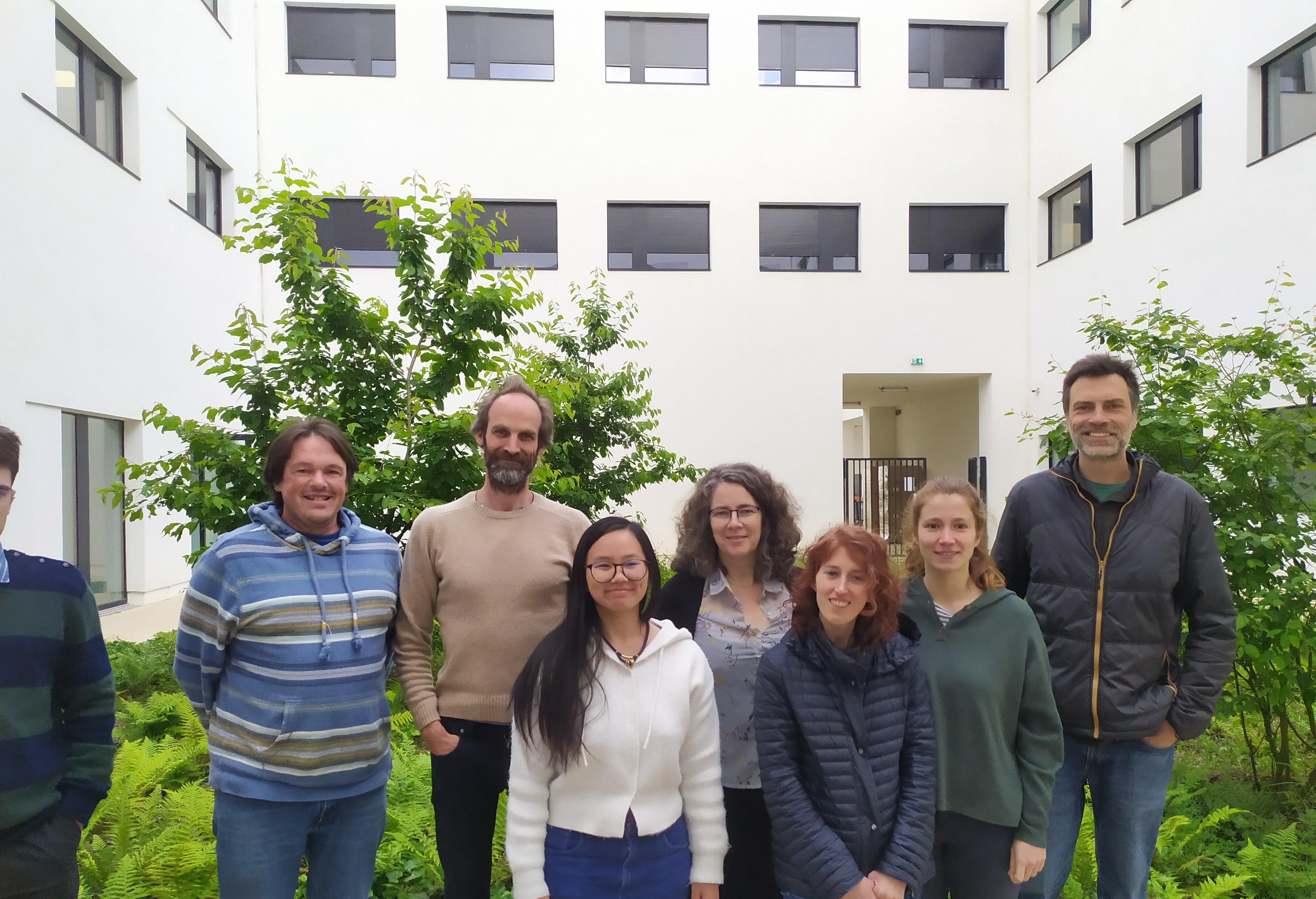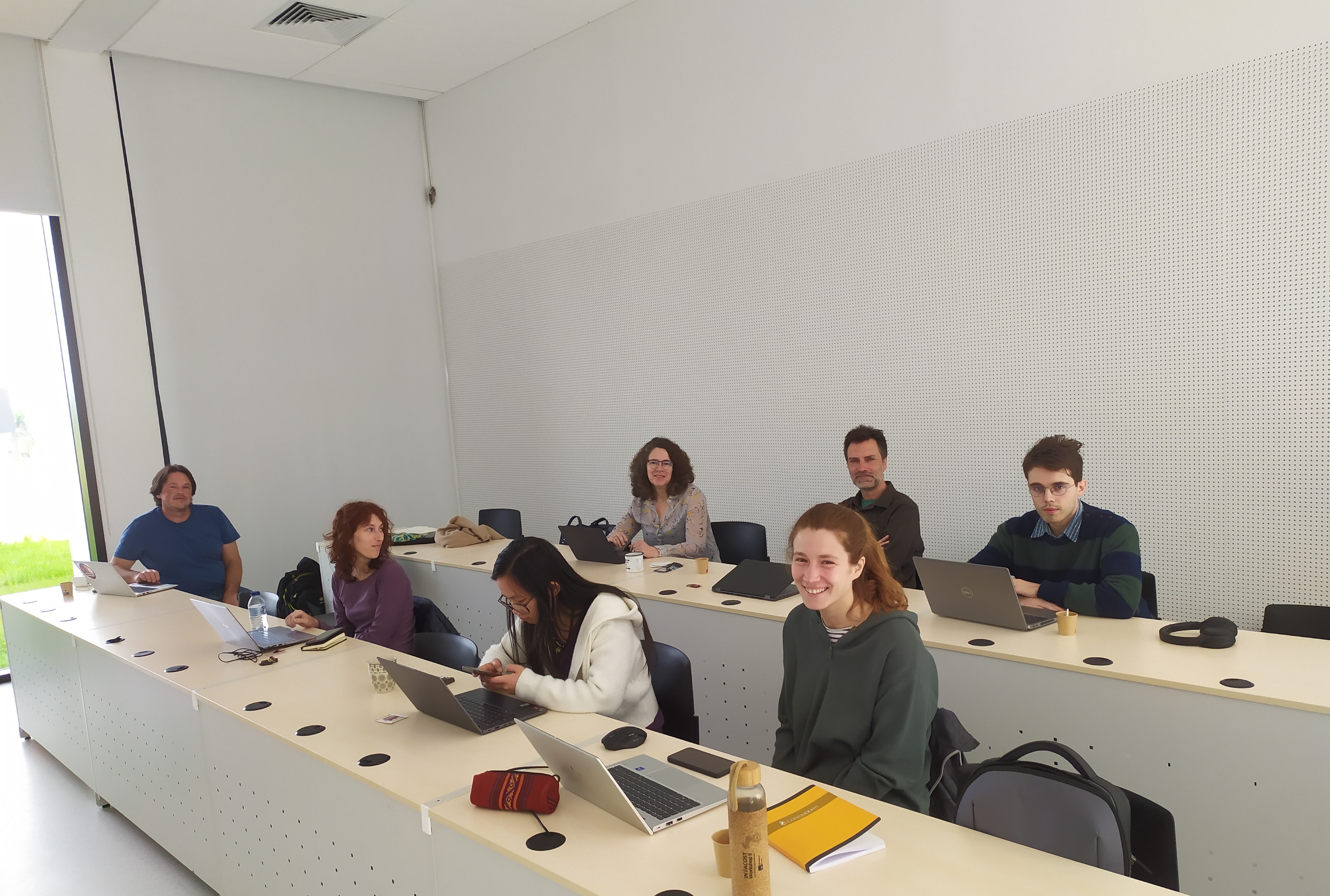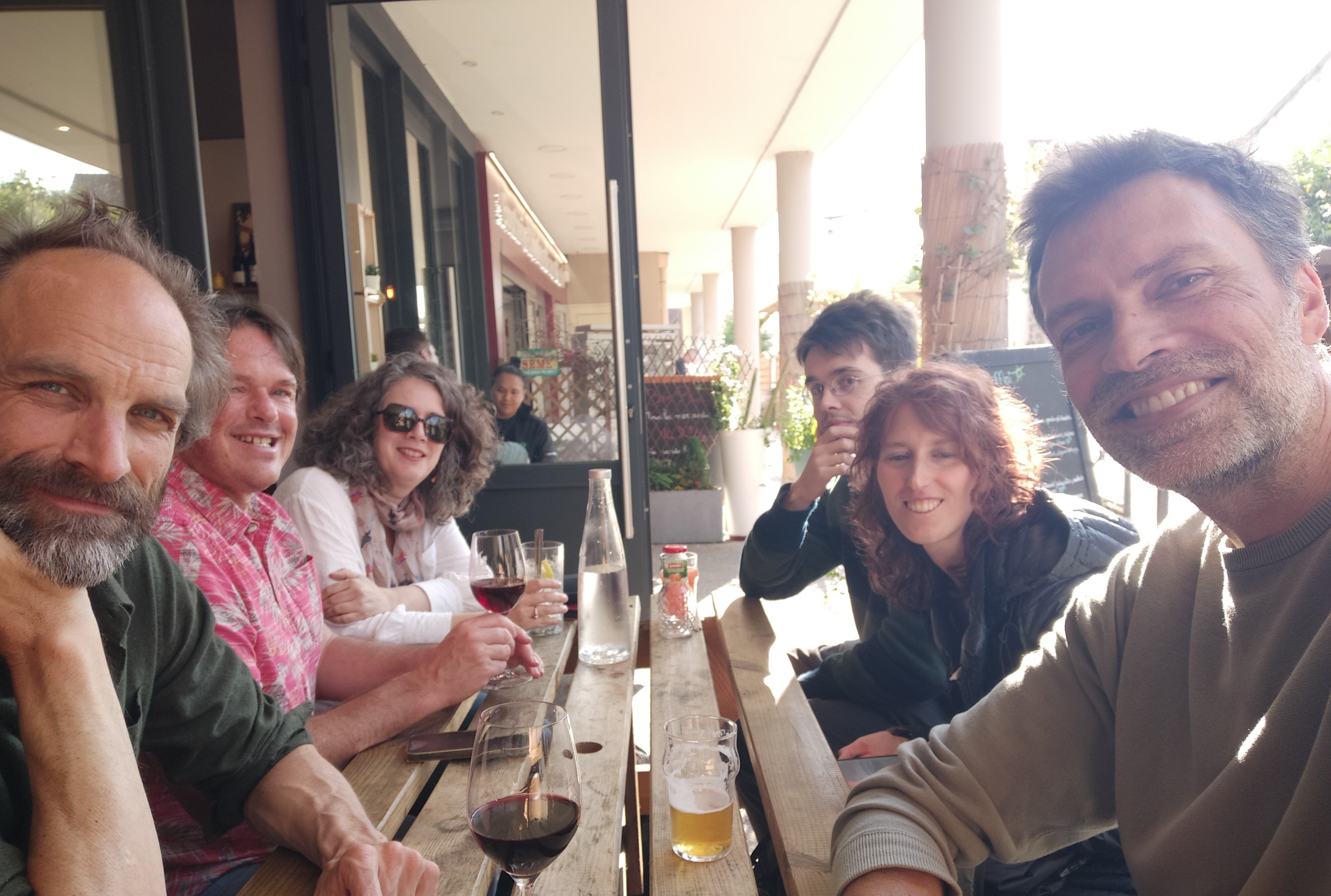The TRANSLOC team is pleased to announce the successful completion of a dedicated workshop on the RangeShifter software, held as part of our WP4. This three-day event, conducted by Justin Travis, was an exceptional opportunity for our team and other participants to gain in-depth knowledge and hands-on experience with this powerful tool.

The workshop kicked off with a comprehensive introduction to the RangeShifter software. Justin Travis guided participants through the basic functionalities and features, demonstrating its extensive capabilities in modelling species’ range dynamics under various scenarios. Attendees engaged in hands-on sessions to set up and run simulations, establishing a strong foundation for the subsequent days.

The second day delved into the advanced features of RangeShifter, focusing on its application in assessing how translocated populations may cope with global change effects, particularly climate and land use changes. Participants explored various case studies and real-world applications, gaining insights into the practical use of the software in conservation and ecological research.
The final day was dedicated to collaborative projects and future directions. Participants worked in groups to design and implement their own projects using RangeShifter, fostering a spirit of collaboration and innovation. The workshop concluded with a discussion on the future use of RangeShifter in ongoing and upcoming research projects within the TRANSLOC framework.
The feedback from participants was overwhelmingly positive, with many expressing appreciation for the hands-on approach and the depth of knowledge shared by Justin Travis. The TRANSLOC team is excited about the potential applications of RangeShifter in our research and looks forward to organizing similar events in the future to continue building our collective expertise.
We extend our heartfelt thanks to Justin for his guidance and to all the participants for their enthusiastic engagement. Together, we are making significant strides in understanding and addressing the challenges of global change effects on translocated populations.
